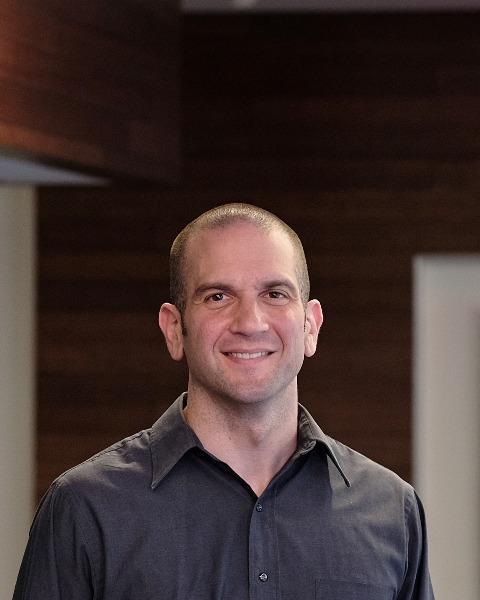Back
Greenbuild San Francisco
Case Studies
(G09) The Carbon Balance: Harmonizing Operational and Embodied Carbon
Wednesday, November 2, 2022
2:45 PM – 3:45 PM
Location: Room 208
Earn 1 Credit(s)
Following the success of United Therapeutics' Unisphere, the largest, site-powered, LEED Zero commercial building in the United States, we now look to a new challenge of reducing both operational and embodied carbon on our next project. Usphera is an 80,000 square-foot expansion striving for an 80% reduction in embodied carbon from a baseline equivalent to Unisphere, in addition to pursuing a zero net energy goal. Aligning with United Therapeutics' core mission of saving lives, carbon reduction is identified as a key strategy to complement their mission. This results in a different approach to traditional whole building life cycle assessment. As a signatory to the AIA 2030 Challenge, SE 2050 Challenge, MEP 2040 and the AIA Materials Pledge, considering embodied carbon in the design is of utmost importance. However, the established carbon accounting approaches, which focus primarily on embodied carbon, are not designed to balance embodied and operational carbon, otherwise known as whole life carbon. Therefore, the team formulated a new accounting approach that considers a balance between embodied and operational carbon to inform the best decisions to meet the core goals of the project. With the Architect and Energy Modeler working side by side, we analyze the benefits of reducing materials to improve embodied carbon footprint against any potential decreases in building performance, which increase the operating carbon footprint. Decision making in the context of whole life carbon is then completed based on the outcome of this analysis. Key strategies in reducing the embodied carbon footprint include a mass timber structure, reuse of existing concrete foundations, façade-integrated photovoltaics, minimization of interior construction and the use of reclaimed furniture. To minimize operating carbon, a geo-exchange system coupled with an underfloor air distribution system simultaneously improves indoor air quality and reduces mixing of interior airflows, which is important in a post-COVID workplace.
Learning Objectives:
- Visualize the client’s mission to reduce GHGs by developing a carbon accounting approach that responds to a traditional CRE framework and aligns with their overall ESG goals.
- Identify the potentially competing goals of zero net energy and zero embodied carbon and learn how prioritizing one over the other can risk the overall carbon footprint of the project.
- Evaluate the concept of "whole life carbon,” the balancing of operational and embodied carbon, with a demonstration of the accounting exercise that the team used, which expands beyond traditional WBLCA.
- Implement innovative solutions to balance embodied and operational carbon such as facade-integrated photovoltaics to reduce the building's overall embodied carbon footprint while simultaneously reducing the operating carbon footprint.

Jason E. Fierko, PE, LEED AP, CEM
Principal
EwingCole
Thomas Kaufman, PMP
Senior Director, Corporate Real Estate
United Therapeutics
Bill Smarzewski, RA
Associate
EwingCole




